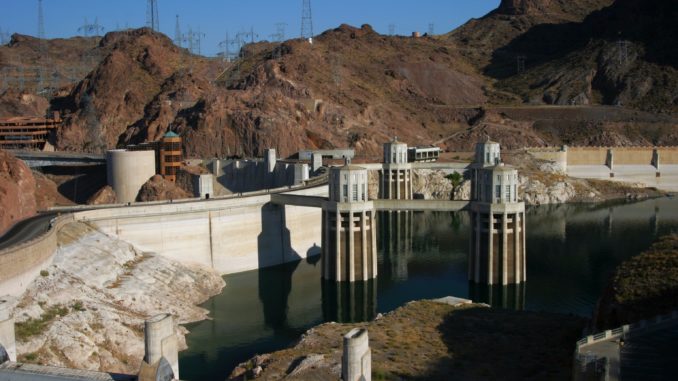
Hydroelectric energy is a form of renewable energy that is generated by harnessing the power of flowing water. This energy is generated as the water flows through a turbine, which spins a generator to produce electricity.
Hydroelectric energy is considered a clean and renewable source of energy, as it does not produce emissions that contribute to air pollution or climate change. Additionally, hydroelectric energy is reliable, as the water flows can be accurately forecasted and the power plants can be quickly adjusted to match changes in electricity demand.
There are different types of hydroelectric power plants, including impoundment, diversion, and pumped storage. Impoundment power plants use a dam to store water in a reservoir. The water is then released through a turbine to generate electricity. Diversion power plants divert a portion of a river’s flow through a canal or penstock to a turbine. Pumped storage power plants use electricity to pump water to a higher elevation, where it can later be released through a turbine to generate electricity.
However, hydroelectric power also has its downsides, such as the construction of dams and reservoirs can have a significant environmental impact, including the displacement of people and wildlife, and the alteration of natural river flows.
Overall, Hydroelectric energy is a clean and renewable source of energy that can be generated by harnessing the power of flowing water. It can provide a reliable source of electricity, but it also has its environmental impacts that need to be considered.
Examples of hydroelectric energy plants:
- Three Gorges Dam, China: The world’s largest hydroelectric power plant, with a capacity of 22,500 MW. It is located on the Yangtze River and has been in operation since 2012.
- Itaipu Dam, Brazil/Paraguay: The second largest hydroelectric power plant in the world, with a capacity of 14,000 MW. It is located on the Paraná River and has been in operation since 1984.
- Grand Coulee Dam, United States: One of the largest hydroelectric power plants in the world, with a capacity of 6,809 MW. It is located on the Columbia River and has been in operation since 1942.
- Sayano-Shushenskaya Dam, Russia: The largest hydroelectric power plant in Russia, with a capacity of 6,400 MW. It is located on the Yenisei River and has been in operation since 1978.
- Guri Dam, Venezuela: The third largest hydroelectric power plant in the world, with a capacity of 10,235 MW. It is located on the Caroni River and has been in operation since 1986.
